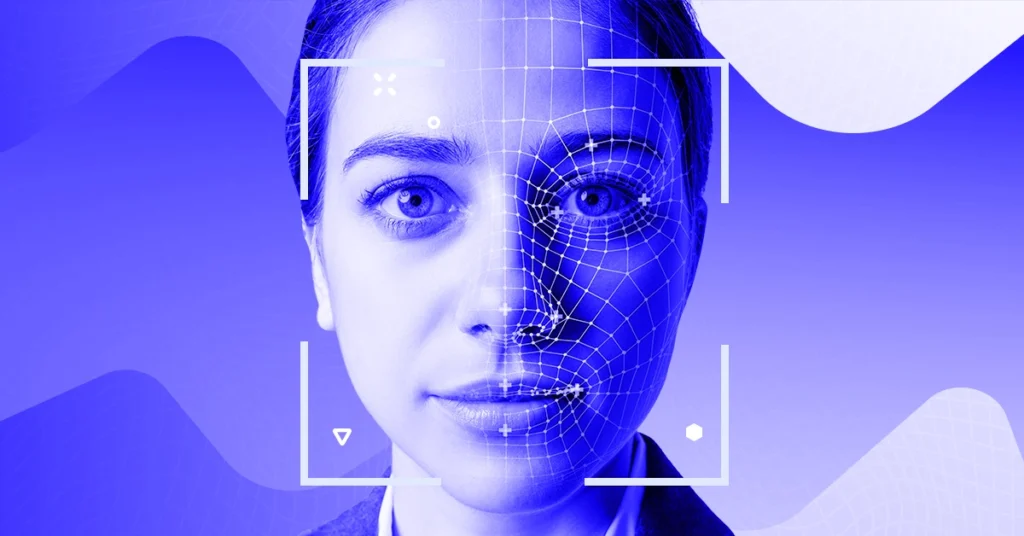Harnessing AI to Create Empathetic Virtual Companions


The rise of artificial intelligence (AI) in the realm of virtual companionship is not just a technological leap; it’s a profound revolution in how we interact with machines. From offering support to providing companionship, AI is evolving into systems capable of understanding and responding to human emotions with ever-increasing sophistication.
Empathy, a complex emotion integral to human conversation, is being meticulously engineered into algorithms. In this blog post, we explore how AI can be harnessed to develop empathetic virtual companions and delve into the potential implications of this innovation for society.
—
Understanding Empathy in Artificial Intelligence
Traditionally, empathy is the ability to understand and share the feelings of another. For virtual companions, the challenge is not just to recognize emotions but to respond appropriately. AI-driven empathy involves complex processes which require large datasets to train models that can detect sentiment, intent, and even subtle nuances of emotion.
AI systems utilize Natural Language Processing (NLP) to parse and understand human language, combined with machine learning algorithms that learn from interactions. Developers set these systems to observe the tone, context, and choice of words to gauge emotional states.
While AI may never truly “feel” as a human does, it can imitate empathic responses. These responses are constantly refined through deep learning, allowing virtual companions to react intelligently and seemingly empathically, making interactions more natural and engaging.
—
Applications of Empathetic AI in Virtual Companions
1. **Mental Health Support**
Empathetic AI is finding profound applications in mental health support. AI companions such as Woebot and Wysa provide users with an outlet to express their emotions without fear of judgment. Their algorithms offer supportive feedback and evidence-based exercises to help manage anxiety and depression. With the ability to interact 24/7, these virtual companions can address gaps in accessibility to mental healthcare.
2. **Customer Service Enhancement**
AI systems integrated into customer service roles can extend empathy to improve client relations. By recognizing customer frustration or dissatisfaction, AI can prompt faster and more tailored responses, leading to enhanced user experiences. This customer-centered approach is integral in sectors like retail, banking, and hospitality.
3. **Elderly Care**
With an increasing aging population, empathetic AI can assist in elderly care, providing companionship and regular interaction. Virtual assistants like ElliQ engage seniors, reminding them of medications and daily activities while also offering light conversation to combat loneliness. By understanding emotional cues, these AI are able to offer personalized companionship and increase overall quality of life.
—
Challenges to Developing Empathetic AI
1. **Data Privacy Concerns**
For AI companions to provide authentic empathetic responses, they need access to personal data. This raises significant privacy issues, especially regarding how sensitive information is stored and used. Clear regulations and encryption are required to ensure user data is protected and secure.
2. **Ethical Implications**
The ethical use of empathetic AI is a subject of ongoing debate. There’s concern over AI systems misusing emotional data or manipulating emotions. Ensuring transparency and implementing ethical guidelines is paramount as virtual companions become more adept at interacting with users on a deeply personal level.
3. **Technical Limitations**
Despite advancements, AI models still face technical limitations in accurately understanding complex human emotions, which are often context-dependent and multi-layered. Constantly evolving human language and culture make it difficult for AI to keep up without continuous, sophisticated training and updates.
—
Examples of Empathetic AI in Action
Consider Replika, an AI chatbot designed to serve as a companion. It learns conversational patterns over time, offering empathetic dialogues that cater to individual emotional needs. Another example is Kuki AI, which engages users with contextual back-and-forth interactions designed to mirror genuine human interaction. These AI showcase the potential of technology to tap into emotional intelligence, fostering true-to-life companionship.
In the field of language therapy, Chatbots like Elloe use AI to provide interactive storytelling-based treatments for children with speech impediments, showing care and encouragement, thereby acting as therapy aides.
—
The Future of Empathetic AI
The future of empathetic AI holds immense potential. With ongoing improvements in AI learning models and automated emotional intelligence, we are moving towards an era where virtual companions could rival even the most attentive of human counterparts in offering support and companionship.
Developments in neuroscience and AI could further aid in decoding complex emotional processes, enriching virtual interactions with even more authentic expressions of empathy. The blend of AI with augmented reality (AR) and virtual reality (VR) could create more immersive and emotionally relatable environments for interactions.
—
Conclusion
In conclusion, the development of empathetic virtual companions is a fascinating intersection of AI technology and human emotion. As we continue to refine the capabilities of AI to understand and respond to human emotions, the potential for positive applications expand across various sectors, from mental health support to aged care.
However, as AI continues to mirror more human characteristics, it is crucial that we prioritize ethical standards and ensure that technological advances do not compromise personal data integrity. By responsibly harnessing AI’s empathetic potential, virtual companions can become valuable allies, enhancing our social interactions and well-being in numerous ways.
Ultimately, as we grow closer to integrating these virtual companions into daily life, the options for their application are virtually limitless, driving us toward a future where technology is not only intelligent but also emotionally aware.
—









